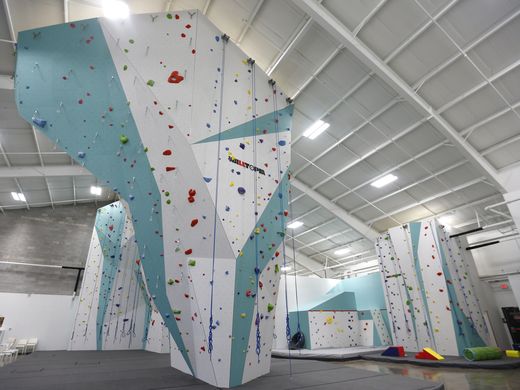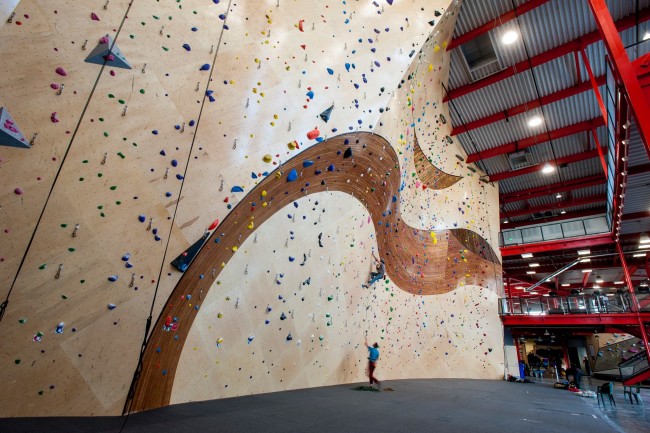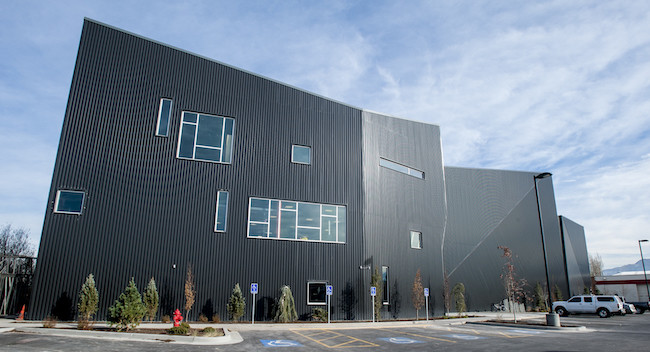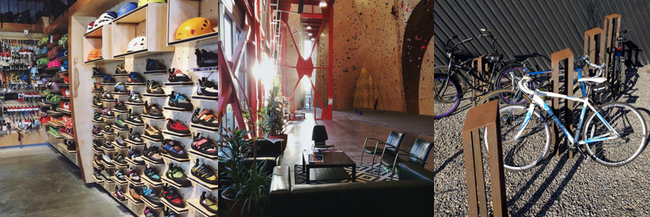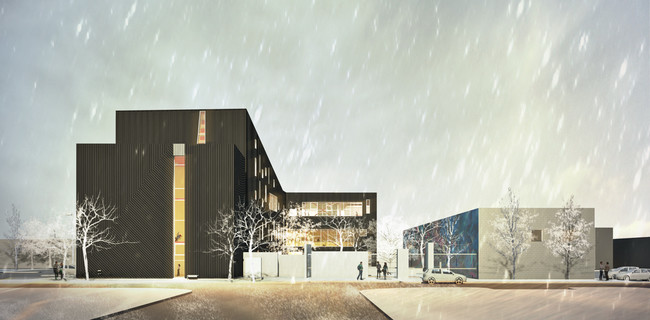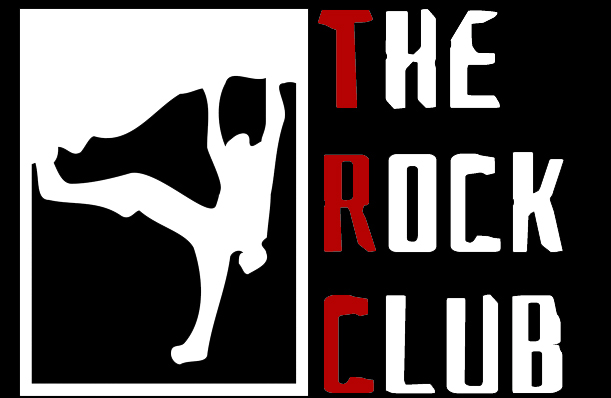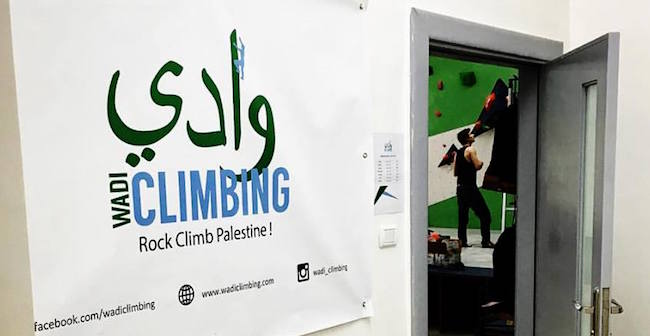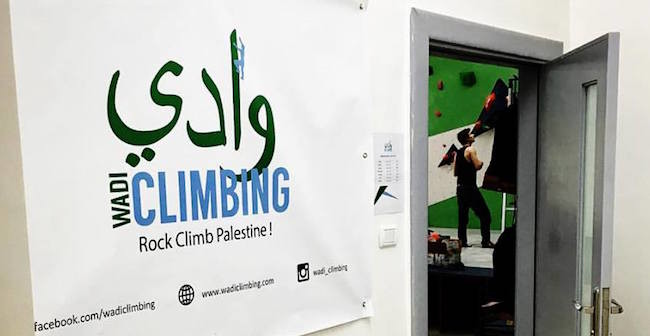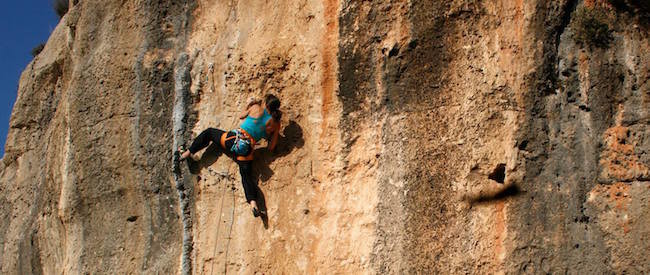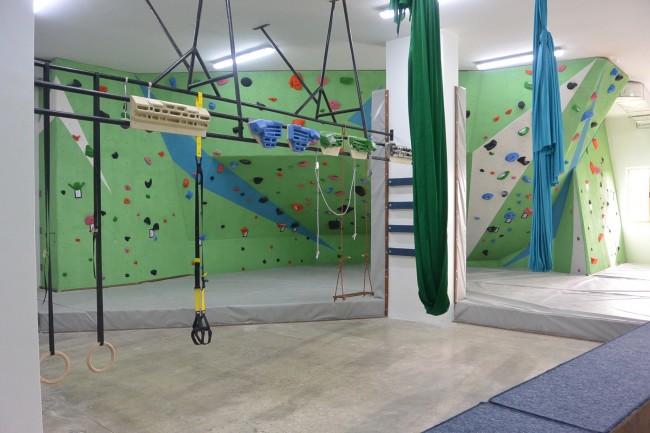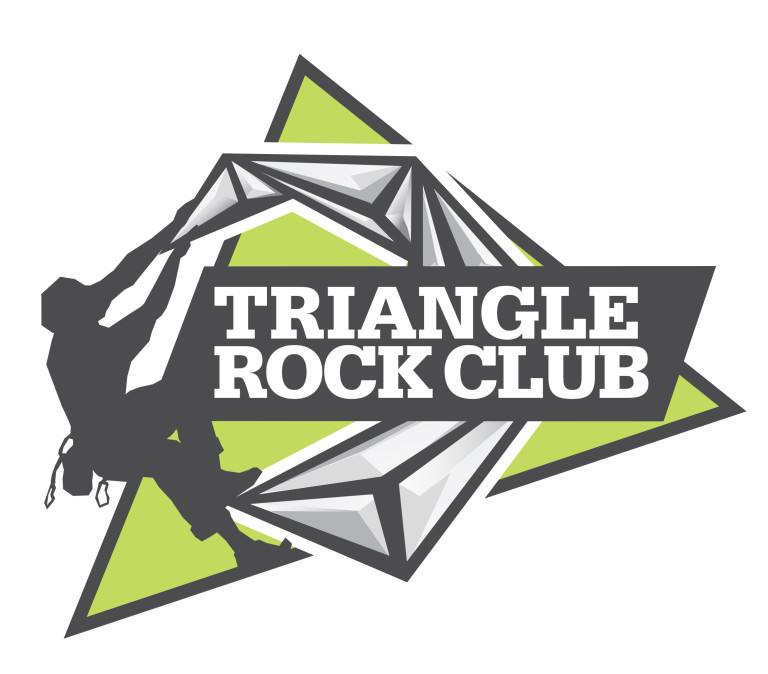
By Jason Pill, Attorney with Phelps Dunbar, LLP
Despite various names and titles, almost every climbing gym has the same core categories of employees: front desk staff, belay instructors/monitors, routesetters, and managers. Naturally, these categories overlap as certain employees perform multiple tasks, or the categories increase as gyms expand into larger facilities, increase their market share, or offer more services (e.g., yoga instructors, marketing directors, operations managers, etc.). Of course, no matter how a climbing gym labels it employees, it must pay them lawfully and properly for their time worked, which is more complex than simply giving everyone either an hourly rate or a salary.
Because most gyms trace their roots back to humble beginnings which are more akin to a small start-up than a federally-regulated, large corporate entity, it’s not uncommon for gyms to still rely on outdated pay practices that are unlawful or require the gym to pay more than it otherwise would need to under state and federal pay laws. This article provides insight into United States law governing pay practices, primarily focusing on general payroll requirements, properly paying hourly employees, and when an employee can appropriately be paid a salary and exempted from overtime requirements (i.e., paying the employee the same rate irrespective of whether the employee works 20 or 60 hours in a given week). Examining these issues helps climbing gyms ensure their payroll practices are lawful and being utilized in a way to best benefit the climbing gym and ensure profitability.
The Letter of the Law
The Fair Labor Standards Act (“FLSA”) is the federal law that establishes a minimum wage, premium pay for overtime hours of non-supervisory employees, and protections for children who work. The FLSA applies in all states and to virtually every climbing gym. In the unlikely event that the FLSA does not apply to a particular climbing gym, state pay laws will fill that void, because the FLSA permits states to regulate areas not covered by FLSA or to afford workers greater protection. While most state laws parallel the FLSA with little distinction, some states provide much greater employee benefits and result in increased obligations upon the employer (California is, perhaps, the most notable example of a state that offers far greater employee benefits than the FLSA requires). Put simply, the FLSA is the floor and states can go up from there.
The Wage and Hour Division of the U.S. Department of Labor (“DOL”) administers and enforces the FLSA, and can investigate potential FLSA violations. Hopefully, your climbing gym has never received a letter from the DOL or been subjected to a costly DOL audit regarding FLSA compliance. Although the FLSA covers a wide range of compensation and benefits issues, there are a number of employment practices it does not regulate. For example, the FLSA does not require vacation, holiday, severance, or sick pay, meal or rest periods, additional pay for weekend or holiday work, pay raises, or fringe benefits to employees (but, be warned that certain state laws do).
The two basic employee classifications under the FLSA are exempt and non-exempt. Non-exempt employees are those employees who do not meet any of the FLSA’s defined exemption criteria and are paid on an hourly basis, which entitles them to overtime hours at a rate of one and a half time their normal pay rate. Alternatively, exempt employees are those employees who meet one of the FLSA exemption tests, are paid on a fixed salary basis, and are not entitled to overtime, even though they may work more than 40 hours in a given workweek. Understanding this distinction is imperative to complying with the FLSA and maximizing the profitability of employees.
Basic Obligations of Gym Owners
Timekeeping records are the foundation of any climbing gym’s payroll practice, lest employees orally report all hours worked and managers rely on memory when writing payroll checks. No matter what practice a climbing gym may use, the FLSA requires employers to keep certain records for each worker paid, especially non-exempt employees paid on an hourly basis. The FLSA does not mandate a particular form for the records, but does require that the records include certain identifying information about the employee and data about the hours worked and the wages earned. And, not surprisingly, the law requires this information to be accurate, in the event a climbing gym’s practices are ever subject to review by the DOL or a court.
The following is a listing of the basic records that an employer must maintain for each employee:
- Employee’s full name and social security number.
- Address, including zip code.
- Birth date, if younger than 19.
- Sex and occupation.
- Time and day of week when employee’s workweek begins.
- Hours worked each day.
- Total hours worked each workweek.
- Basis on which employee’s wages are paid (e.g., “$9 per hour”, “$440 a week”)
- Regular hourly pay rate.
- Total daily or weekly straight-time earnings.
- Total overtime earnings for the workweek.
- All additions to or deductions from the employee’s wages.
- Total wages paid each pay period.
- Date of payment and the pay period covered by the payment.
Climbing gyms, like all employers, must keep these records for at least three years, and some states may require that these records be kept for even longer periods of time due to lengthier statute of limitations for employees to bring wage-based claims.
Is Minimum Wage the Minimum?
You might be asking, “Can’t I just pay my employees above minimum wage and not worry about the rest?” Well, you can do that, but you run the risk of violating certain recordkeeping requirements if you’re not properly tracking hours worked and you may be overpaying employees who would be better classified as salaried employees, exempt from overtime. For non-exempt employees, the recordkeeping requirements detailed above are critical and constitute a large portion of the compliance concerns.
Assuming the records are in order, another concern is ensuring that all non-exempt employees are properly paid for any overtime hours worked. While most climbing gyms refer to wages for non-exempt employees in the context of a “week”, “pay period”, “the schedule”, or some other ambiguous word or phrase, the timeframe that matters under the FLSA is the “workweek.”
With limited exceptions, the FLSA requires overtime pay for any hours a non-exempt employee works over 40 in a single workweek, which is not necessarily the same thing as the calendar week or an employee’s scheduled week or the pay period. The FLSA’s “workweek” is a fixed, regularly-recurring period of 168 hours (specifically, seven consecutive 24-hour periods) that the employer expressly adopts in order to maintain FLSA compliance. The workweek can be set to begin on any calendar day and at any time of day, but thereafter the employer must apply that workweek consistently to comply with the FLSA. So, it’s acceptable to start a workweek on every Wednesday at 3:00pm, so long as it’s communicated to the employees and invariably applied.
Along these lines, when calculating whether overtime pay is owed to a non-exempt employee, the climbing gym must look at each workweek, not each two-week pay period. For example, an employee may work less than 80 hours in a two-week pay period, but have worked more than 40 hours during one of the workweeks comprising that pay period. That employee would be entitled to overtime for one of the two weeks, even though a review of the two-week pay period would suggest otherwise.
An employer is permitted to have more than one workweek under the FLSA, and the workweek does not have to be the same for every group of employees or for every location. It is possible to establish different FLSA workweeks for different groups of employees or different locations. Variations in work patterns or tendencies in different workforce segments can sometimes mean that it is advantageous to adopt a different workweek for a particular group or location, or even for a few particular employees. Perhaps you want your routesetters on a different workweek that coincides with their setting schedule, but want your front desk employees on a workweek that more closely aligns with a standard Monday-Sunday workweek? This flexibility creates additional administrative concerns, but can allow for pay models that work with the needs of each particular climbing gym.

To Exempt or Not Exempt?
Against this backdrop, the key question for most climbing gyms is whether employees should be classified as exempt from overtime and, more importantly, when such classifications are proper. Because the FLSA requires certain standards to classify an employee as exempt, it is likely that the majority of climbing gym employees will be non-exempt employees who need to be paid hourly and receive overtime for hours worked over 40 in a given workweek. Some employees, though, will likely qualify for an exemption that allows the climbing gym to decide how to classify and pay the employee.
To be an exempt employee, the employee must satisfy one of the FLSA exemption standards. In the context of a climbing gym, there are likely only two categories of exemption that would apply: the Administrative exemption and the Executive exemption. If either of these exemptions apply, a climbing gym can classify that employee as exempt and pay the employee a salary that does not fluctuate based on hours worked, which includes the ability to not pay the employee an overtime premium for more than 40 hours worked in the workweek.
To be classified as an exempt Administrative or Executive under the FLSA, the employee must receive a fixed salary of at least $455 per week (approximately $26,660 per year, which works out to $11.38 per hour). This means the climbing gym generally cannot make deductions from this salary if the employee works less than 40 hours in a given workweek; hence the “fixed” part of the salary. This salary threshold alone will disqualify many climbing gym employees, but may still leave several key employees, such as managers, directors, head routesetters, etc., who can properly be labeled as exempt. (Note that the DOL is currently in the process of raising this threshold amount to $921 per week, approximately $48,000 per year or $23 per hour).
Assuming the salary prong of the test is met, to satisfy the Administrative exemption, the employee must have a primary duty to perform non-manual work directly related to the management of the climbing gym’s business operations, which includes the exercise of discretion and independent judgment with respect to matters of significance. The regulations interpreting the FLSA provide a list of the kinds of activities that constitute office work directly related to the management or general business operations of the company. These include functional areas such as accounting, purchasing, marketing, safety and health, personnel management, IT, legal and regulatory compliance, and similar activities. Thus, if a climbing gym can demonstrate that an employee performs these duties, the employee can qualify as an exempt Administrative employee.
As for the Executive exemption, once the salary prong is satisfied, the FLSA requires that an employee (1) has a primary duty to manage a department, (2) customarily and regularly directs the work of at least two full-time employees or their equivalent, and (3) has the authority to make recommendations regarding changes in status of employees. A primary distinction from the Administrative exemption is that the Executive exemption requires the employee to supervise employees and have a certain amount of input in hiring and firing decisions. Both exemptions focus on management as the primary duty of the employee, but the Executive exemption requires additional duties of supervision over employees.
The regulations interpreting the FLSA provide the following non-exhaustive list of duties that generally constitute “management” for the Executive exemption: interviewing, selecting, and training of employees; setting and adjusting their rates of pay and hours of work; directing the work of employees; appraising employees’ productivity and efficiency for the purpose of recommending promotions or other changes in status; handling employee complaints and grievances; disciplining employees; apportioning the work among the employees; planning and controlling the budget; and monitoring or implementing legal compliance measures.
Although every climbing gym will be different, there will likely be a strong argument that many managers will satisfy these requirements and perform the requisite duties to be exempt. Essentially, the FLSA’s requirements for the Administrative exemption examine whether the employee is actually managing the business operations and keeping the business running. This inquiry will be very fact-specific, but many managers will likely satisfy this requirement if they are truly helping the business run and are not engaged in non-exempt tasks like ringing up customers, teaching belay classes, and selling merchandise. Similarly, for climbing gym employees who manage the business and supervise employees, such as general managers, operations managers and head routesetters, they may also qualify for the Executive exemption.
Classifying employees as exempt, thus, can be very beneficial to the climbing gym, because these employees can be paid a fixed salary, even though they may work more than 40 hours a week. Alternatively, if these employees are classified as non-exempt and paid hourly, the climbing gym may be spending excess time tracking these employees’ hours worked and calculating their weekly pay. Additionally, when certain employees are classified as exempt, the climbing gym receives the budgeting certainty of fixing these employees’ salaries to the same weekly amount and the ability for these employees to work more than 40 hours in a workweek at their fixed salary.
The 1099 Loophole?
What if a gym labels every employee as an “Independent Contractor” and ignores the FLSA? In theory, that would be convenient; in reality, it’s unlawful. The FLSA applies only to employees and its overtime provisions, and therefore does not cover independent contractors. In general, an independent contractor is one who is in business for him- or herself. There are various factors to consider when making the assessment of whether an individual is an independent contractor, but the principal inquiry is who controls the work.
When an independent contractor does a job for a climbing gym, the contractor, not the gym, must control how the work is done. For most gyms, there may be an argument that yoga and fitness instructors who run classes according to their schedule and parameters are independent contractors, as would routesetters hired to work for a specific climbing competition, but the majority of workers will be employees who are subject to the climbing gym’s control and policies. For climbing gyms thinking about applying a very liberal definition of “independent contractor” to circumvent the FLSA, there can be a great deal of risk because the DOL is aggressive in policing employers who misclassify employees as independent contractors, and the penalties can be steep. As such, a climbing gym, like any business, should consult with an attorney before labeling certain employees independent contractors.
The FLSA and various state laws provide climbing gyms with flexibility in how they establish and carry out their payroll practices, but contain many traps for the unwary. There are many advantageous ways for climbing gyms to classify their employees, establish their workweek parameters, and generally maximize the hours and profitability of their workforce. Climbing gyms, though, must be mindful of the basic payroll policies and ensure whatever policies they implement are consistent with prevailing laws and are not exposing climbing gyms to unnecessary legal risks. So, when examining existing policies or implementing new policies, it is often helpful to consult with an attorney to make sure everything is legally compliant. This small step may save a climbing gym the significant time and expense of having to later litigate the issue if the gym’s practices are challenged by the DOL or a disgruntled – and perhaps underpaid- employee.
Following on this theme, subsequent articles will provide greater depth on specific employment issues facing climbing gyms, such as disability discrimination under the Americans with Disabilities Act, religious accommodations under Title VII of the Civil Rights Act, and the potential for unions (yes, really, unions are possible for climbing gyms). If you have other employment law topics you would like covered, let us know.
 In addition to climbing for the past 15 years and previously managing a climbing gym, Jason Pill is an attorney with Phelps Dunbar, LLP in Tampa, Florida. Jason practices in the area of labor and employment and assists clients in handling unique issues that arise at the intersection of law and technology. He represents employers regarding claims involving employment discrimination laws, wage and hour laws, family and medical leave laws, whistleblower laws, union-management relations, employee benefits, enforcement of non-competition agreements, customer complaints based on denial of service or alleged discrimination, privacy-based claims, and various employment-related torts. He prepares employment contracts, non-competition agreements, personnel policy manuals, employee handbooks and assists clients in implementing and managing technology in the workplace. If you have questions for Jason, contact him here.
In addition to climbing for the past 15 years and previously managing a climbing gym, Jason Pill is an attorney with Phelps Dunbar, LLP in Tampa, Florida. Jason practices in the area of labor and employment and assists clients in handling unique issues that arise at the intersection of law and technology. He represents employers regarding claims involving employment discrimination laws, wage and hour laws, family and medical leave laws, whistleblower laws, union-management relations, employee benefits, enforcement of non-competition agreements, customer complaints based on denial of service or alleged discrimination, privacy-based claims, and various employment-related torts. He prepares employment contracts, non-competition agreements, personnel policy manuals, employee handbooks and assists clients in implementing and managing technology in the workplace. If you have questions for Jason, contact him here.
The content of this article is for informational purposes only and not for the purpose of providing legal advice. You should contact an attorney to obtain advice with respect to any particular issue or problem. The reading of or reliance on this article or the Climbing Business Journal’s website does not create an attorney-client relationship between the author or the Climbing Business Journal and the user or reader.





